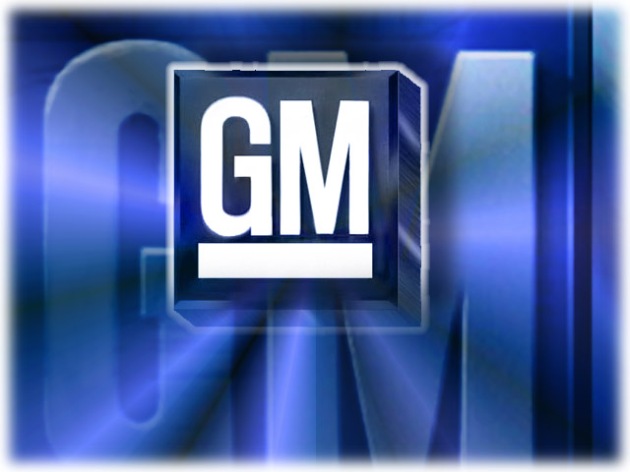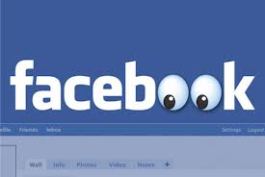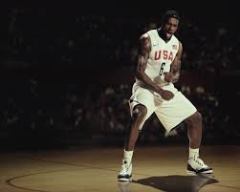When thinking of a Fortune 500 company and three key words that would represent this company two letters popped into my head. Those two letters made me think of America, NASCAR, Country Music, and Bob Seger.
As a youth in Southern West Virginia a Chevrolet was a right of passage not a vehicle per say but freedom with a bowtie wrapped around it (or on the grill). Growing up in a rural community meant travelling to the store by vehicle and that trip would usually end up being an all day road trip with the family. For these memories the Fortune 500 company I decided to research is General Motors, better known as GM. One of the Big Three and with $152.3 billion in earnings and 13 consecutive profitable quarters the company is currently number seven on the Fortune 500 list. Down two spots from last year as profits dropped $3 billion from 2012.
The three keywords that I wanted to search that made me think of General Motors are:
BIG:
PROFITS:
RECOVERY:
Put them together and they actually represent what General Motors has done since the automobile bailout. The company has restructured and has recovered with big profits as well as having repaid their loan to the United States Government and taken new direction.
The keywords in themselves have found a bit of trouble as far as search optimization goes. The term Big when “googled” gave me the NOTOTIOUS B.I.G., a dead rapper from the mid-90’s who’s music is still relevant today (RESPECT to BIGGIE).
Not quite the optimization chops that I would have thought that GM would have. But upon putting GM in front of Big I found a few options, and an article with the name “Big trucks, Small cars lift GM’s sales 11%” (Colias, 2013).
Upon searching Profits I found profits from the bible and there were no cars 2000+ years ago so again I used GM Profits and found the article, “GM Profitable for 13 straight quarters” (Higgins, 2013).
I wanted to finish my search with recovery and as I “googled” recovery the name of yet another rapper popped up; EMINEM. So when adding GM to recovery I found the article stating that, “GM plans about $16 billion in US investments by 2016” (Higgins, 2013). A positive sign that GM is recovering very well, so in short the company is doing well but could use some search optimization. Perhaps the company should take some advice from the HIP HOP world in order to increase their stake in the world wide web.
References:
Wayland, Michael; 2013; GM, Ford slip on Fortune 500 list: M Live Media Group
Colias, Mike; 2013, May 1, 2013; Big Trucks, Small Cars lift GM’s Sales 11%; Crain Communications; www.autonews.com
Higgins, Tim; 2013; May 6, 2013; GM plans about $16 billion in investments in US by 2016; Bloomberg LP; http://www.bloomberg.com













